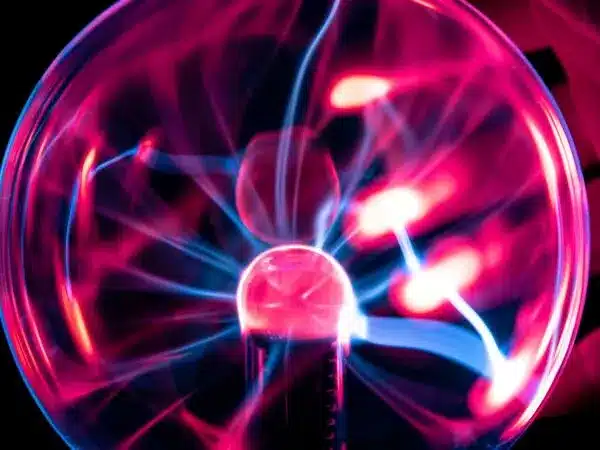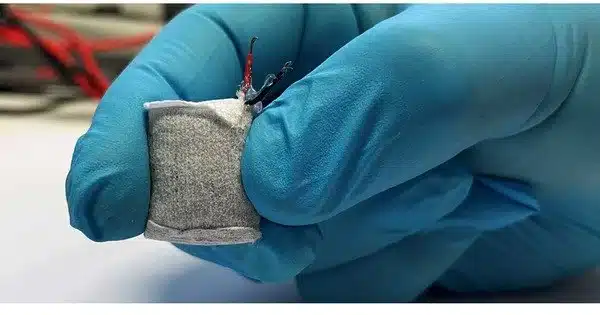A fuel cell beneath the skin that converts body blood sugar into electrical energy sounds like science fiction. Nonetheless, it appears to work flawlessly. Generating power with blood sugar is not a practical or viable method of producing electricity for several reasons.
The body does not produce insulin in type 1 diabetes. This means that patients must obtain the hormone from somewhere else in order to control their blood sugar levels. This is mostly done nowadays with insulin pumps that are attached directly to the body. These devices, as well as other medical applications such as pacemakers, require a consistent energy supply, which is currently provided primarily by single-use or rechargeable batteries.
A group of researchers led by Martin Fussenegger from the Department of Biosystems Science and Engineering at ETH Zurich in Basel has now put an apparently futuristic idea into action. They created an implantable fuel cell that generates electrical energy by using excess blood sugar (glucose) from tissue. The fuel cell was combined with artificial beta cells developed by researchers several years ago. These, like their natural counterparts in the pancreas, produce insulin at the touch of a button and effectively lower blood glucose levels.
“Many people, especially in Western industrialized nations, consume more carbohydrates than they need in everyday life,” Fussenegger explains. He goes on to say that this leads to obesity, diabetes, and cardiovascular disease. “This gave us the idea of using this excess metabolic energy to produce electricity to power biomedical devices,” he says.
The new system regulates insulin and blood glucose levels autonomously and could be used to treat diabetes in the future. Bringing such a device to market is far beyond our financial and human resources.
Martin Fussenegger
Fuel cell in tea bag format
The fuel cell is powered by an anode (electrode) made of copper-based nanoparticles developed specifically for this application by Fussenegger’s team. It is made up of copper-based nanoparticles that split glucose into gluconic acid and a proton to generate electricity, which then powers an electric circuit.
The fuel cell, which is wrapped in a nonwoven fabric and coated with alginate, an algae product approved for medical use, resembles a small tea bag that can be implanted under the skin. Alginate absorbs body fluid and allows glucose to pass from tissue to the fuel cell within.

A diabetes network with its own power supply
The researchers then connected the fuel cell to a capsule containing artificial beta cells in a subsequent step. Electric current or blue LED light can be used to stimulate these cells to produce and secrete insulin. Fussenegger and his colleagues have previously tested such designer cells.
The system combines continuous power generation with precise insulin delivery. When the fuel cell detects an excess of glucose, it begins to generate power. This electrical energy is then used to stimulate cells into producing and releasing insulin into the bloodstream. As a result, blood sugar returns to normal. When it falls below a certain level, the production of electricity and insulin ceases.
The fuel cell’s electrical energy is sufficient not only to stimulate the designer cells, but also to allow the implanted system to communicate with external devices such as a smartphone. This enables potential users to customize the system through a corresponding app. A doctor could also remotely access it and make changes. “The new system regulates insulin and blood glucose levels autonomously and could be used to treat diabetes in the future,” says Fussenegger.
A long, uncertain road to market maturity
The current system is merely a prototype. Despite successful testing in mice, the researchers are unable to turn it into a marketable product. “Bringing such a device to market is far beyond our financial and human resources,” says Fussenegger. This would call for an industry partner with the appropriate resources and know-how.














